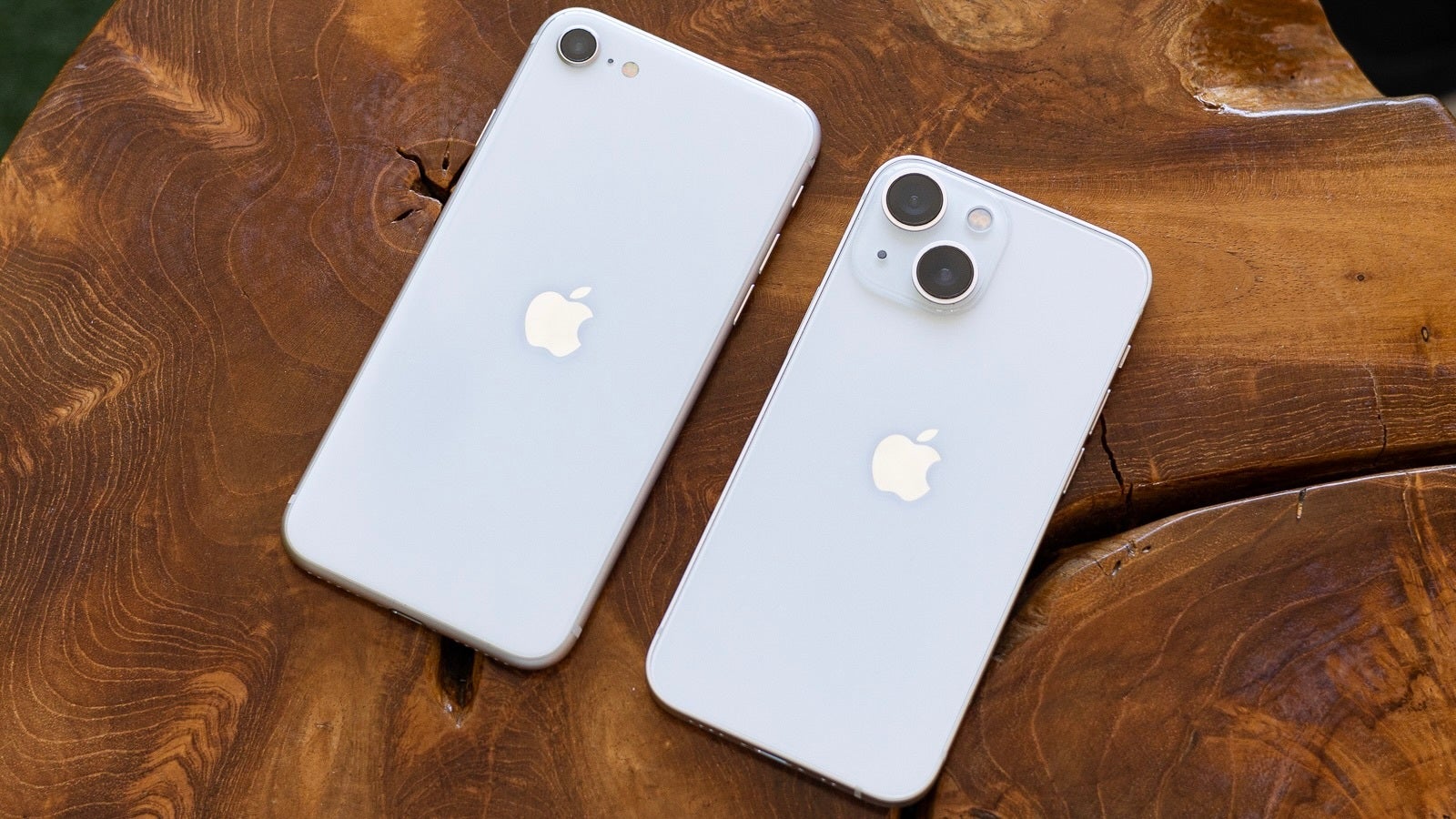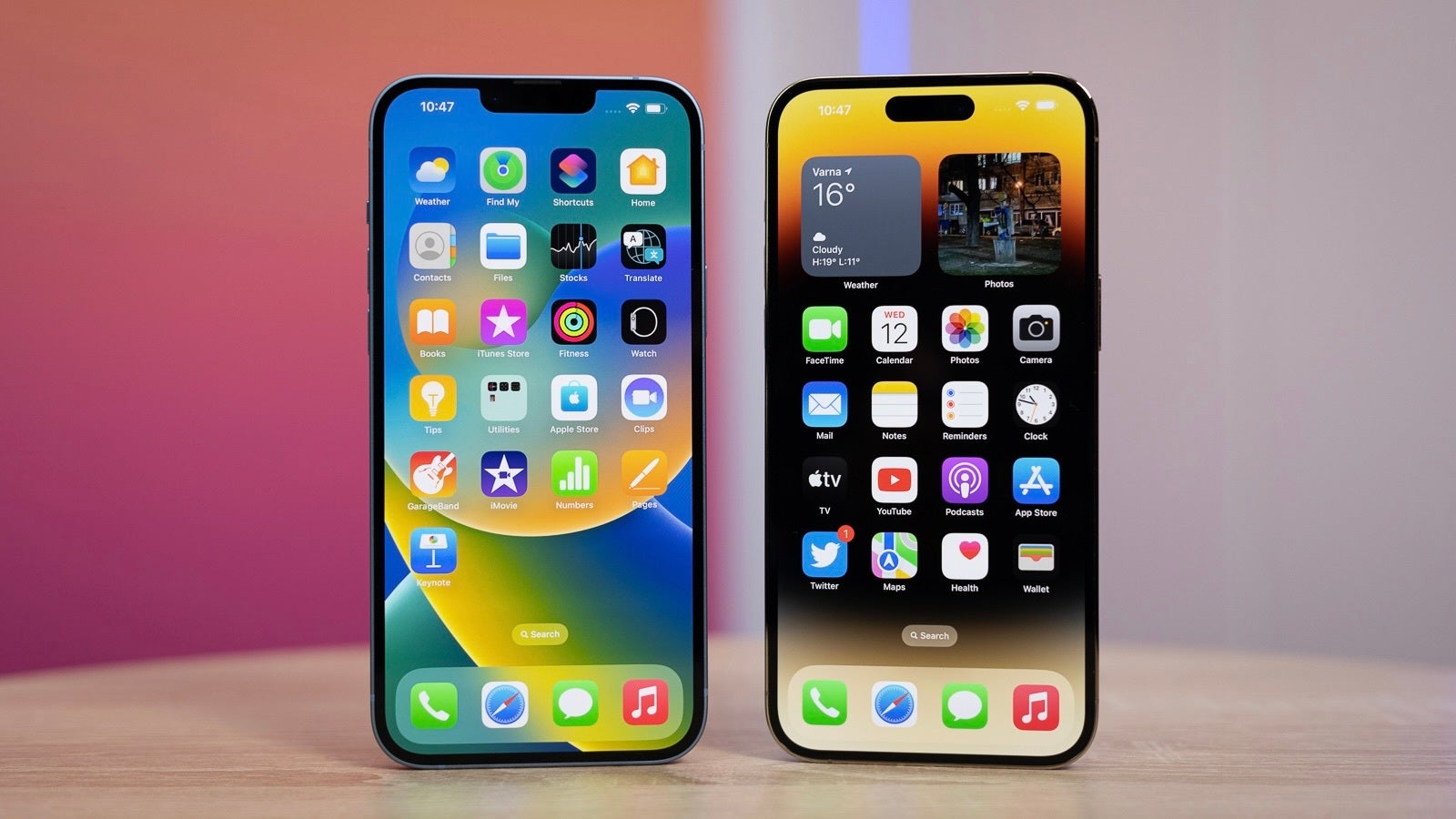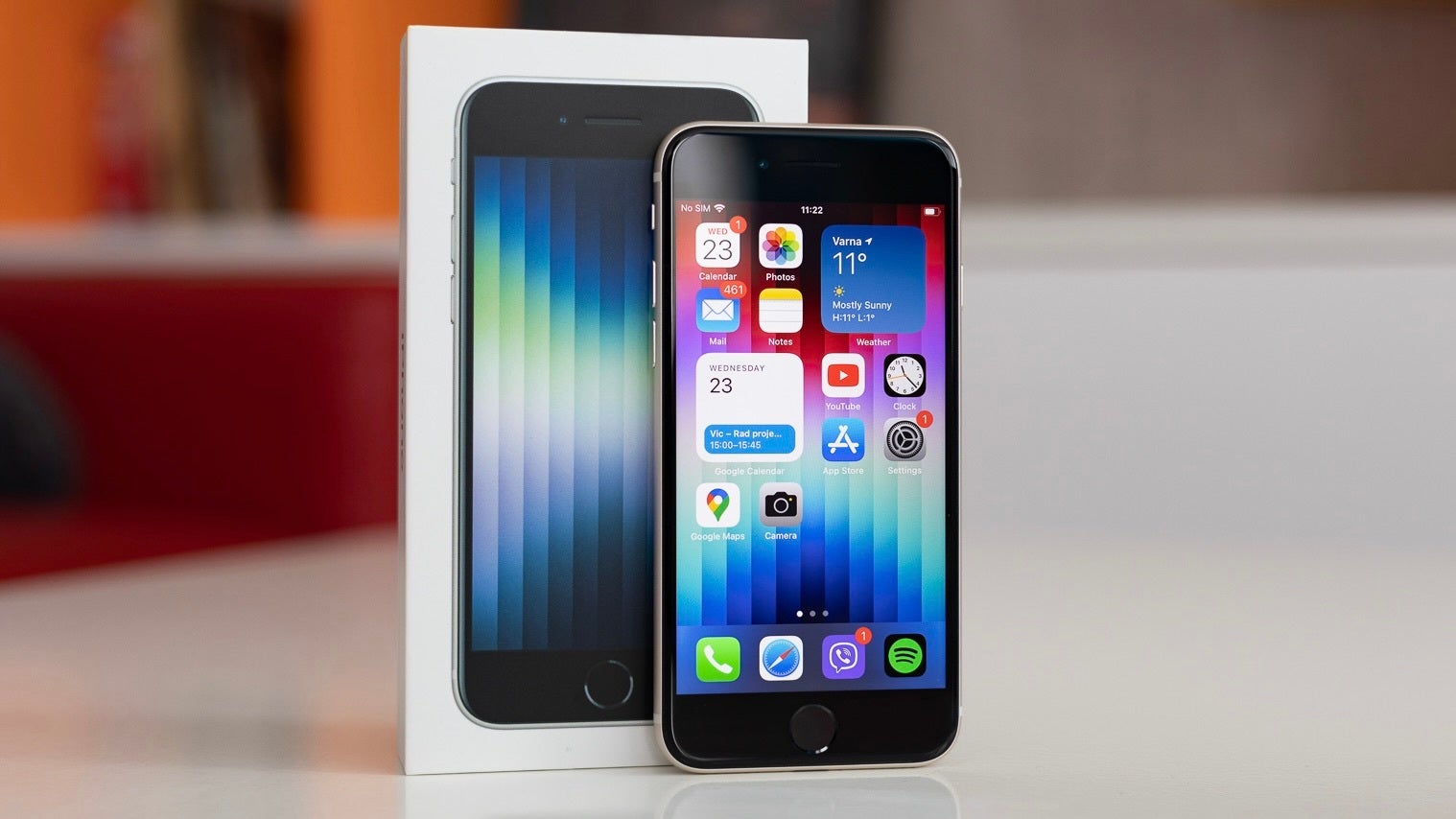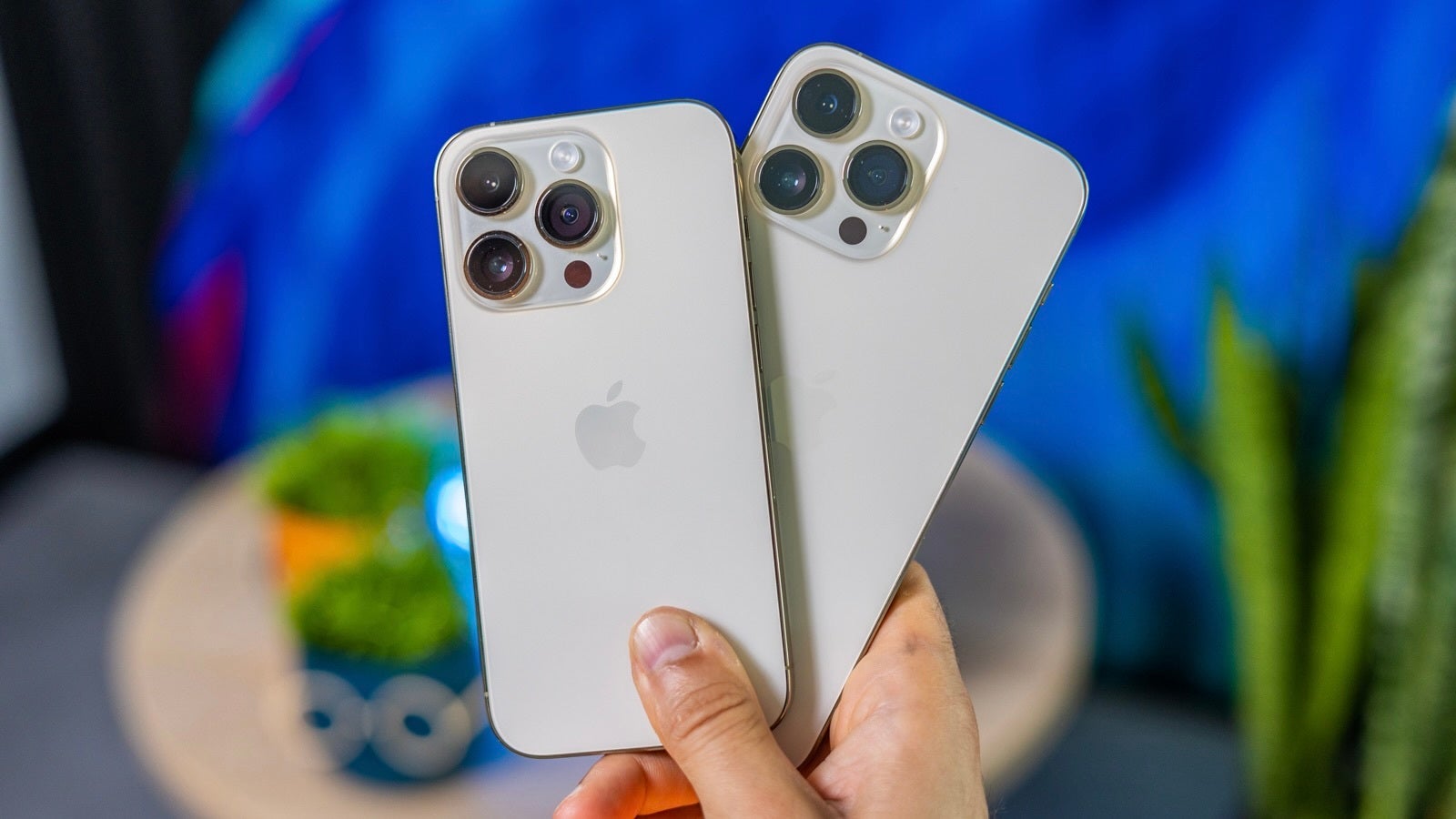If you are an Android user, that is. The situation when it comes to Apple is a bit more complex – there really is no such thing as a “cheap” iPhone. Historically, Apple has never particularly catered to the entry-level segment, and even the company’s midrange options are on the steep end of the price spectrum.
The only “budget” iPhone you can really buy in 2023 is the iPhone SE 3 (2022), which is now almost a year old. Technically, one can consider the iPhone 13 mini a more “entry-level” iPhone as well, but Apple’s smallest handset line was eliminated (at least for the time being) in 2022, when it was de facto replaced with the iPhone 14 Plus.
Now, Apple seems to be further abandoning the mid-range smartphone segment. According to a number of sources, including prominent Apple analyst Ming-Chi Kuo, Apple is either delaying the next iteration of the iPhone SE or is canceling the lineup altogether.
It is hardly a surprise that Apple is placing a heavier emphasis on its ultra-premium “Pro” models – not only are those the devices that bring in a bigger profit, but are also the models that tend to sell more units.
However, both the iPhone 14 Pro and iPhone 14 Pro Max are extremely expensive devices. Apple does command an impressive market share in the $1000+ segment, but that hardly means the Cupertino company should leave the rest uncontested.
In the following paragraphs I will put forward my arguments as to why neglecting the iPhone SE series is a bad move on Apple’s part and why I think the American tech giants should do more, not less, when it comes to its less-premium smartphones.
Apple’s current lineup: No middle ground
An $800+ entry-level option?

Let us begin by pointing out the obvious – following the possible discontinuation of the iPhone SE, Apple’s smartphones will start at about $799 for the vanilla models. The omission of a mini version further drives the starting price up. This means that Apple will, in practice, exert no pressure over a major part of the smartphone market.
This is problematic for two reasons. Firstly, competition is always a good thing. Apple’s presence in the midrange smartphone market will undoubtedly push manufacturers like Google and Samsung to also step up their game. Conversely, the absence of the Cupertino company will allow Android to reign supreme.
Secondly, putting potential Apple users in a position where they have to pay upwards of $800 to enter and/or remain in the Apple system is not entirely a good idea. Especially when the Cupertino company is increasingly prioritizing services and the income that they bring in.
Premium, More Premium, the Most Premium

Furthermore, Apple has systematically hindered the appeal of its less-premium iPhones, be it through the use of lower quality materials, or year-old chipsets. A big reason why the non-Pro iPhones enjoy relatively lower commercial success is the fact that Apple is obviously neglecting them. That is largely understandable – Apple wants to sell more $1000+ iPhones. What I fail to grasp, however, is why Apple is ostensibly distressed by the sales of the vanilla iPhones and why it takes those numbers as an indication that users do not want to buy non-Pro iPhones.
Reportedly, the main reason behind the decision to delay or cancel the iPhone SE 4 is the poor sales of lower-end iPhones. In essence, Apple’s response to a self-made problem is to abandon the market altogether.
What is even more interesting is Apple’s decision to try to bolster the appeal of the vanilla iPhones by considering a price hike for the Pros this year. This, coupled with the fact that Apple will reportedly be widening the gap between the iPhone 15 Pro and the iPhone 15 Pro Max (which could be dubbed the iPhone 15 Ultra), results in a borderline predatory pricing model.
Apple will charge you $1100+ dollars for the newer technology, but you would have to spend even more if you really want the latest and greatest. Additionally, the lowest you can spend is $800, for the bare minimum. Frankly, I believe there is room for a middle ground.
Why the iPhones SE simply makes sense
The iPhone SE 4 could have been a success

Let us go back to the original dilemma, namely, whether canceling the iPhone SE 4, ostensibly because of concerns about its commercial performance, is a bad idea. In order to assess that view, let us take a look at the current iPhone SE.
The current iPhone SE is actually a rather impressive piece of technology. Firstly, it is no slouch in the performance department. Secondly, it is compact, which gives it a unique selling point in a sea of 6.1”+ smartphones.
In fact, the only glaring shortcoming of the device is its very dated design. The iPhone SE (2022) looks almost a decade old. In theory, it borrows the look of the iPhone 8 which was released in 2017, but that exterior is not all that different from the one of the iPhone 6, which launched way back in 2014.
Admittedly, those thick bezels are a real eyesore in 2023, when you can buy a nearly bezel-less smartphone for $200. But that was an issue that would have been addressed, if the rumors concerning the redesign of the iPhone SE in 2024 ended up being true.
The new iPhone SE design: notched, but newer
The iPhone SE 4 would have adopted the look of the iPhone XR – a device with a much better screen-to-body ratio and a notch. The last point is very important. Giving the iPhone SE the notched design of past iPhones would have made so much sense.
According to numerous reports, the entire iPhone 15 lineup will be transitioning to the Dynamic Island cutout. This means that all of Apple’s newest smartphones will be easily distinguishable from their predecessors. This would have allowed the Cupertino company to recycle the notched design and use it in the iPhone SE, without the added threat of jeopardizing the sales of the new vanilla iPhone models.
Essentially, all new iPhone models in 2024 would have the Dynamic Island, while the 7-year-old notch would have been reserved for the entry-level option. The iPhone SE would have still looked decidedly less premium, but users would have still felt like they were using a smartphone from this decade.
In short, the visual disparity between the iPhone SE and the premium iPhones would have been preserved, but the former would have gotten a much-needed edge. This would have made the iPhone SE a truly viable entry-level iPhone, one that Apple desperately needs.
Conclusions: A war on many fronts

The iPhone is Apple’s most important device, and expecting users to pay $800+ just to get their foot in the door is not very reasonable. Entry-level options are simply necessary. For example, what should you do when your entire family is in the Apple ecosystem and you want to buy your child an iPhone? Splurge on an iPhone 14 Pro?
There is always the argument for buying an older / used device, but that money would not necessarily go directly into Apple’s bank account, especially when the latter usually discontinues its older iPhones or gives them a (very) modest price cut.
By refusing to offer a satisfactory lower-end iPhone, or one at all, Apple is actually missing out on a small but significant market. Furthermore, that first iPhone SE could subsequently be replaced with a Pro, in time.
It should be noted that Apple already offers good entry-level devices in other product categories. Case in point, the current vanilla iPad (2022) that was just recently redesigned and the latest Apple Watch SE.
If this approach works for the iPad and the Apple Watch, why should it not for the iPhone? After all, millions of people will always want to buy Apple’s ultra-Premium iPhones, regardless if a good entry-level option exists.
In short, Apple only stands to lose by entirely neglecting the less-premium smartphone market. There is money to be made outside the $1000 segment, and there are many reasons why leaving midrange users to Android’s devices (pun intended) could prove problematic in the long run. Let us hope Apple changes course.

